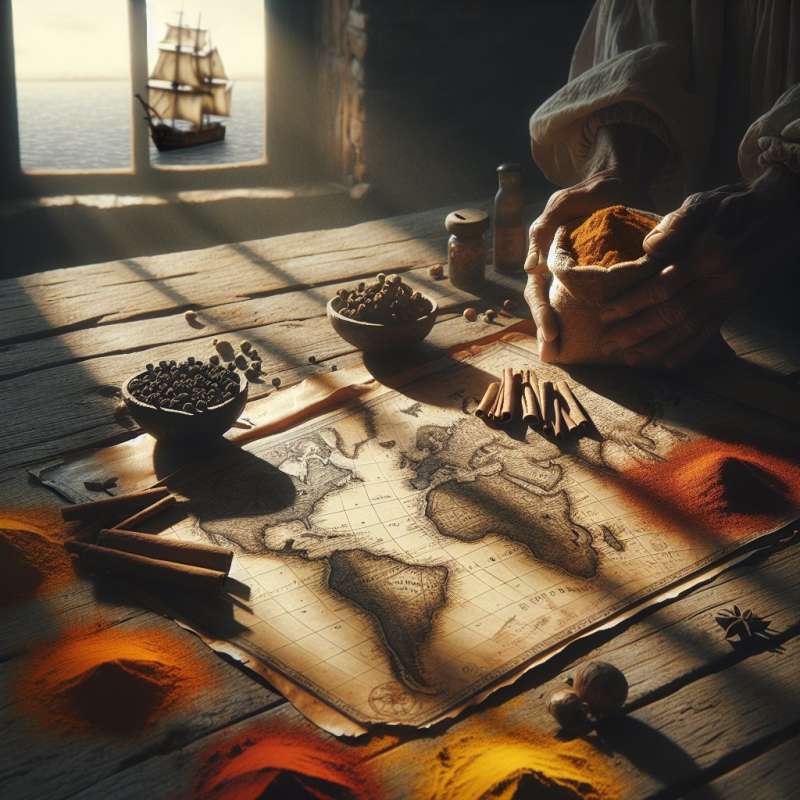
The Spice Catalyst
Spices didn't just flavor food—they reshaped the world. Highly valued, they were used as currency and preservatives, and to hide the taste of spoiling meat in a time before refrigeration.
Ancient Trade Networks
The spice trade dates back to 2000 BCE with Arabs controlling the networks. They transported cinnamon and pepper from India and nutmeg from Indonesia, keeping sources secret to maintain a monopoly.
Silk Road Spiceways
The Silk Road was not just for silk; it was a critical conduit for spices. Caravans braved deserts and mountains to bring the flavors of the East to hungry European markets.
Venetian Spice Masters
Venice dominated European spice trade in the Middle Ages. Their mastery of maritime routes to Asia ushered in immense wealth, leading to the Renaissance's flourishing of arts and knowledge.
Columbus' Spice Quest
Christopher Columbus sought a westward route to India for spices, but instead stumbled upon the Americas in 1492. This accident expanded the spice trade to the New World.
Portuguese Maritime Prowess
The Portuguese breakthrough in the 15th century, with Vasco da Gama reaching India by sea in 1498, circumvented the land routes and broke the Arab and Venetian trade monopolies.
Spices: Catalysts of Empire
Spices were significant in the rise and fall of empires. European powers waged wars, formed East India Companies, and colonized vast territories, all to control the lucrative spice trade.
What were spices used for historically?
Currency and preservatives
Decorative purposes only
Building materials
Company